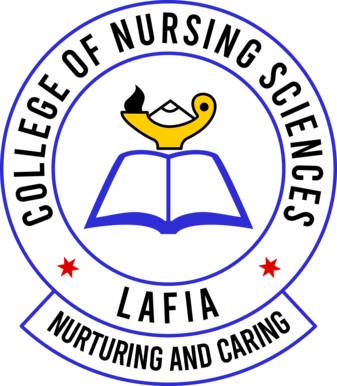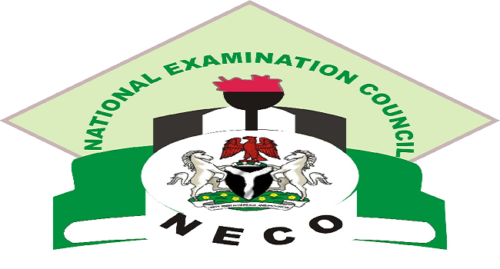Physics Keypoints: Introductory Electronics; This study material is suitable for students sitting for the following exams: JAMB, WAEC, NECO, GCE, IJMB, and JUPEB.
Read other physics keypoints here
Physics Keypoints: Introductory Electronics
Introductory electronics provides the foundation for understanding the principles and components that underlie electronic devices and circuits. In this comprehensive article, we delve into the key topics of introductory electronics and address the related questions, ensuring that A-level students gain a deep understanding of these fundamental concepts.
I. Distinction Between Metals, Semiconductors, and Insulators
(i) Distinction Between Metals, Semiconductors, and Insulators
- Metals: Metals are good conductors of electricity due to their abundance of free electrons. These electrons can move easily through the material, resulting in a low resistance to electrical flow.
- Semiconductors: Semiconductors have properties that lie between those of conductors (metals) and insulators. They have fewer free electrons than metals, but more than insulators. The concept of the bandgap is essential to understanding semiconductor behavior.
- Insulators: Insulators are poor conductors of electricity. They have very few free electrons and a significant bandgap. This high bandgap makes it challenging for electrons to move, resulting in high electrical resistance.
II. Intrinsic and Extrinsic Semiconductors
(ii) Intrinsic and Extrinsic Semiconductors
- Intrinsic Semiconductors: Intrinsic semiconductors are pure semiconductors without intentional impurities. They have an equal number of electrons and holes and are conductive at higher temperatures.
- Extrinsic Semiconductors: Extrinsic semiconductors are doped with specific impurities to enhance their conductivity. There are two types:
- n-Type Semiconductors: Doped with elements that introduce excess free electrons.
- p-Type Semiconductors: Doped with elements that create excess “holes” or electron vacancies.
III. Uses of Semiconductors and Diodes in Rectification and Transistors in Amplification
(iii) Uses of Semiconductors, Diodes in Rectification, and Transistors in Amplification
- Semiconductors: Semiconductors serve as the foundation of modern electronics. They are used in a wide range of devices, including diodes, transistors, integrated circuits, and more.
- Diodes: Diodes are semiconductor devices that allow current to flow in one direction while blocking it in the other. They are crucial for rectification, converting alternating current (A.C.) to direct current (D.C.) in power supplies.
- Transistors: Transistors are semiconductor devices that amplify and control electrical signals. They are vital for signal amplification in various electronic devices, including radios, amplifiers, and digital circuits.
IV. N-Type and P-Type Semiconductors
(iv) Distinguish Between N-Type and P-Type Semiconductors
- N-Type Semiconductors: N-type semiconductors have an excess of electrons, resulting from the incorporation of elements like phosphorus or arsenic. They are negatively charged and conductive.
- P-Type Semiconductors: P-type semiconductors have an excess of “holes” (electron vacancies), which are created by elements like boron or aluminum. They are positively charged and also conductive.
V. Elementary Knowledge of Diodes and Transistors
(v) Analyze Diodes and Transistors
- Diodes: Diodes are two-terminal semiconductor devices. When forward-biased (positive voltage on the anode), they conduct; when reverse-biased, they block current flow. This behavior allows them to be used in rectification.
- Transistors: Transistors are three-layer semiconductor devices, usually NPN or PNP. They can amplify and control the flow of electrical current, making them essential components in electronic circuits.
VI. Relate Diodes to Rectification and Transistors to Amplification
(vi) Relate Diodes to Rectification and Transistors to Amplification
- Diodes for Rectification: Diodes are used to convert alternating current (A.C.) into direct current (D.C.) in power supplies, as they permit current flow in one direction only.
- Transistors for Amplification: Transistors amplify electrical signals in electronic circuits, enabling them to serve various purposes, including sound amplification in audio devices and signal processing in digital electronics.
By gaining a profound understanding of these topics and their distinctions, A-level students will be well-prepared to explore more advanced electronics concepts and tackle practical electronic circuit design and analysis with confidence.












